How to get started with dbt
Christophe Blefari
MARCH 1, 2023
Jinja templating — Jinja is a templating engine that seems to exist forever in Python. By default you can recognise a Jinja syntax with the double curly brackets—e.g. {{ something }}. a macro — a macro is a Jinja function that either do something or return SQL or partial SQL code.


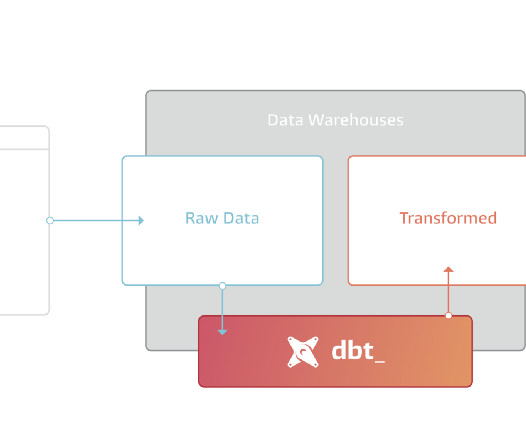
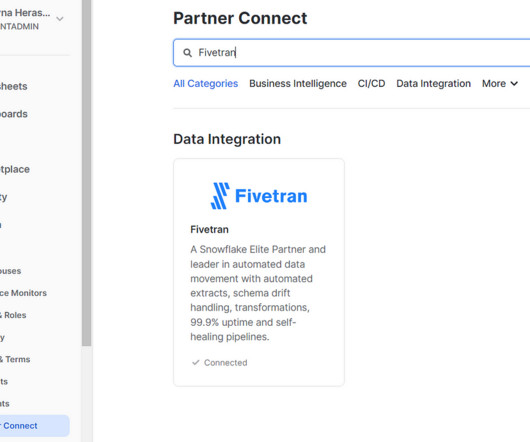
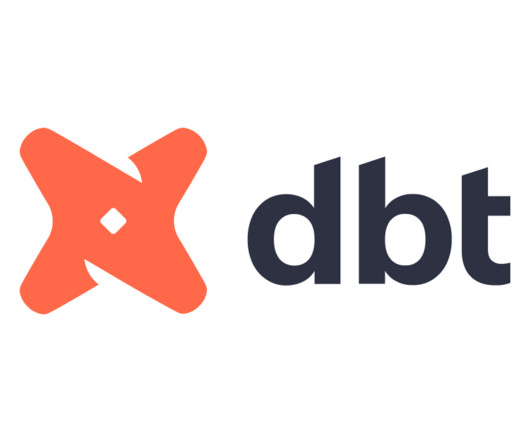
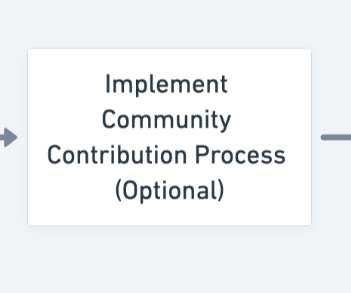

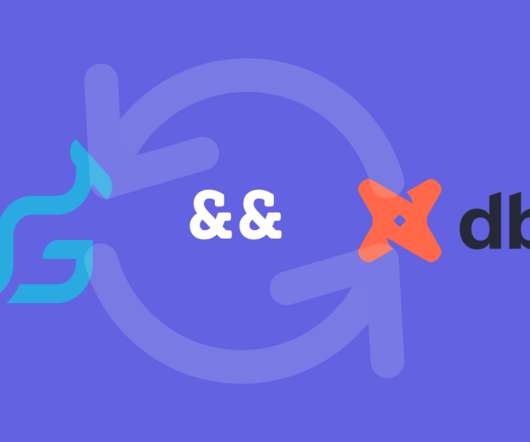







Let's personalize your content